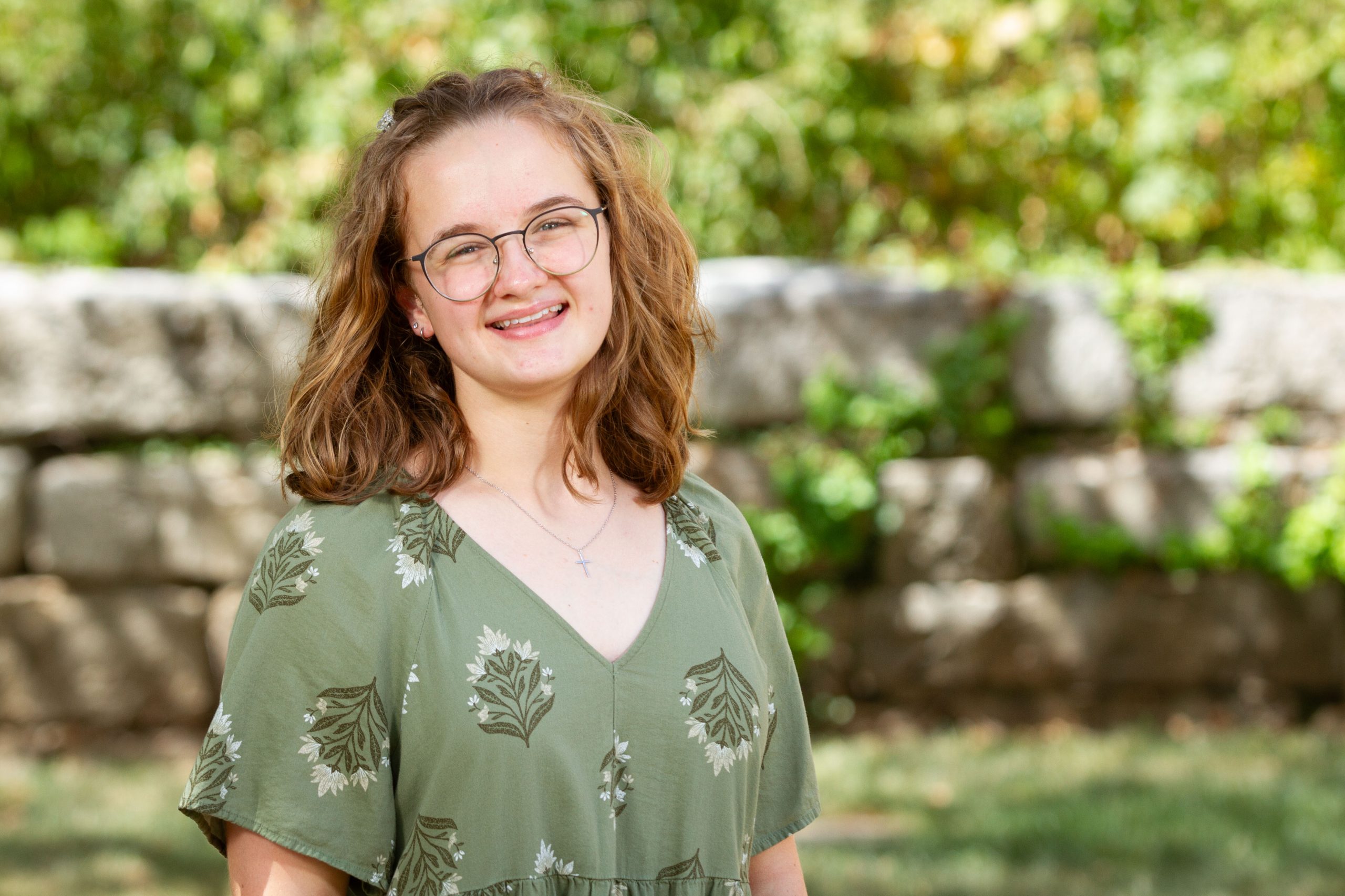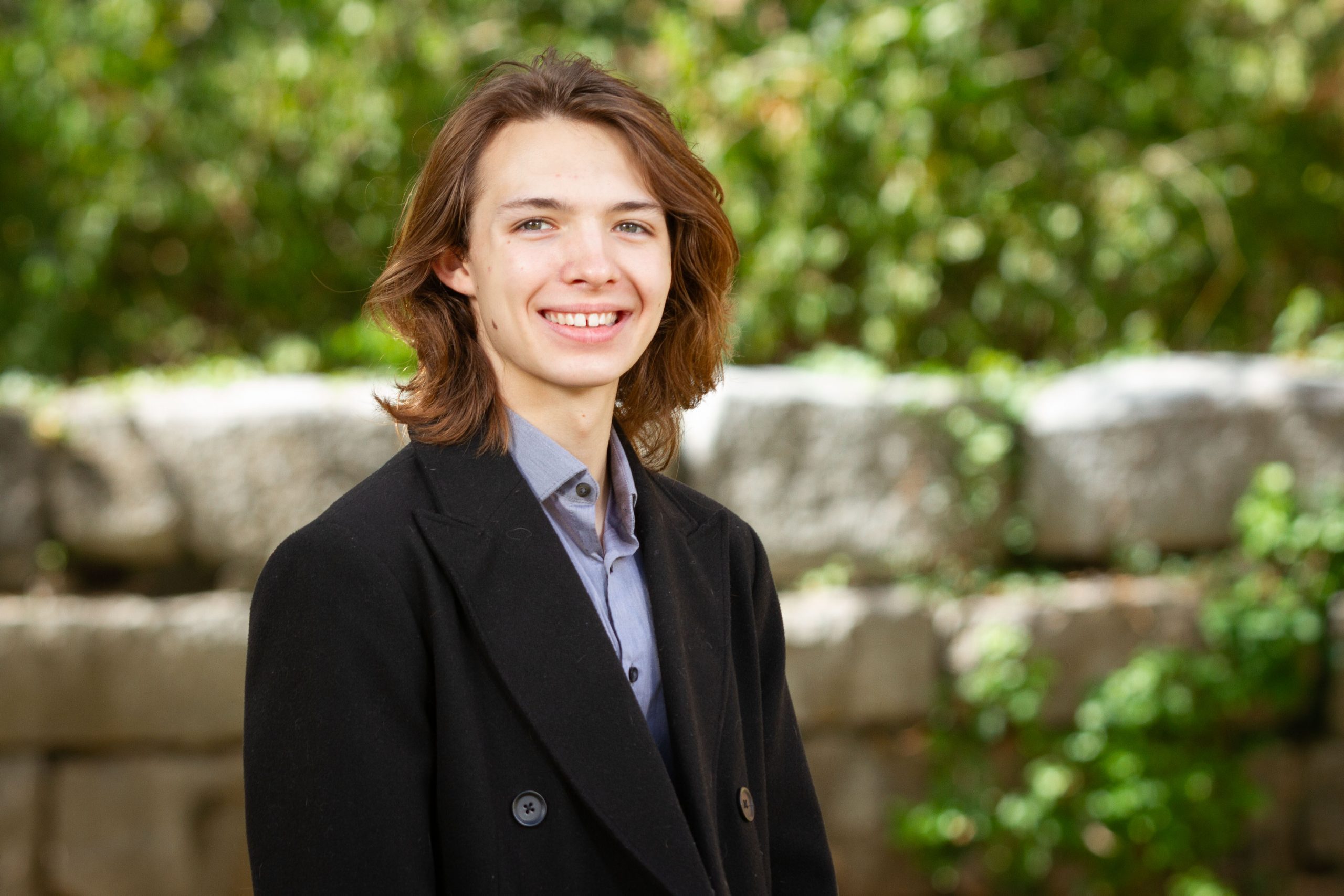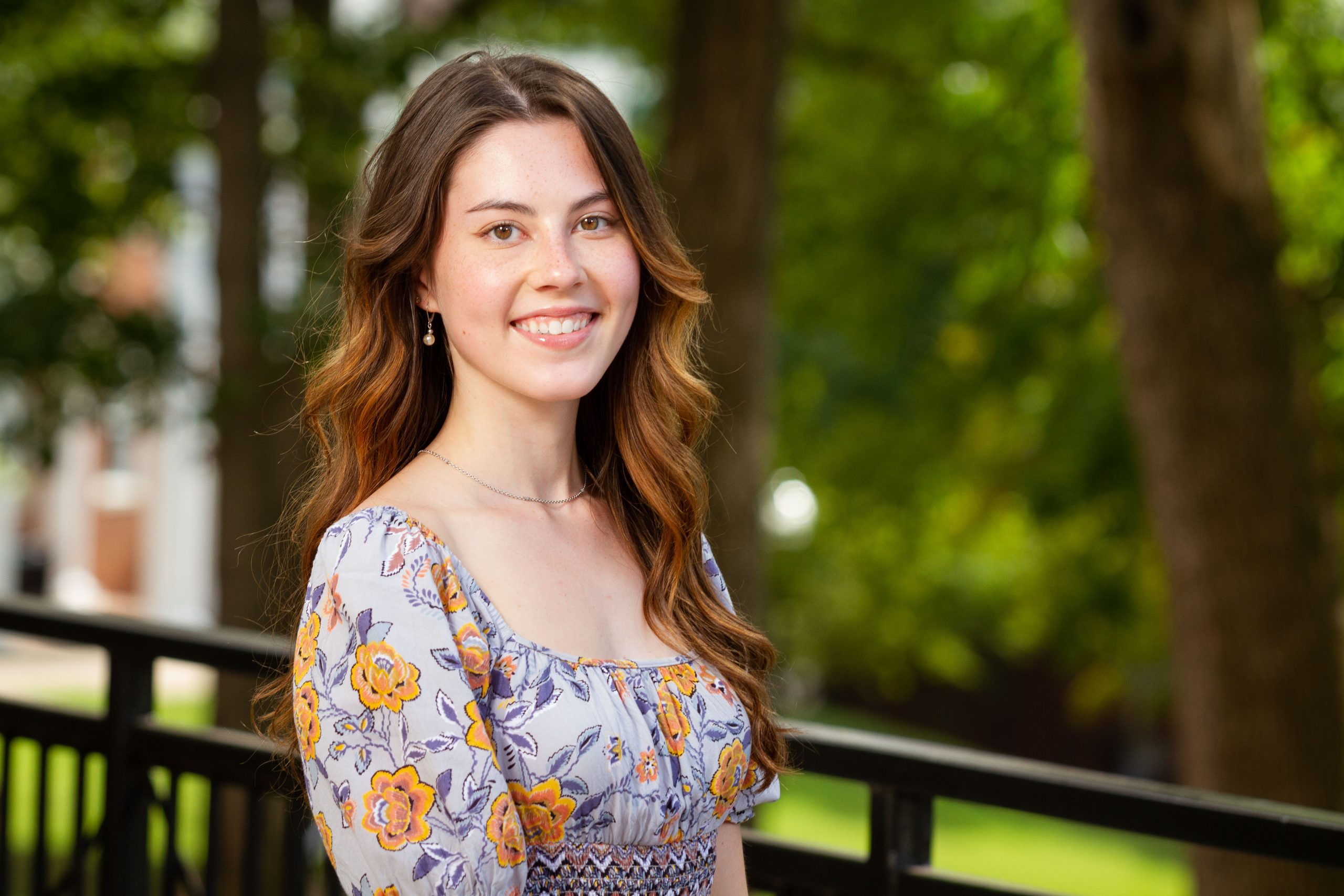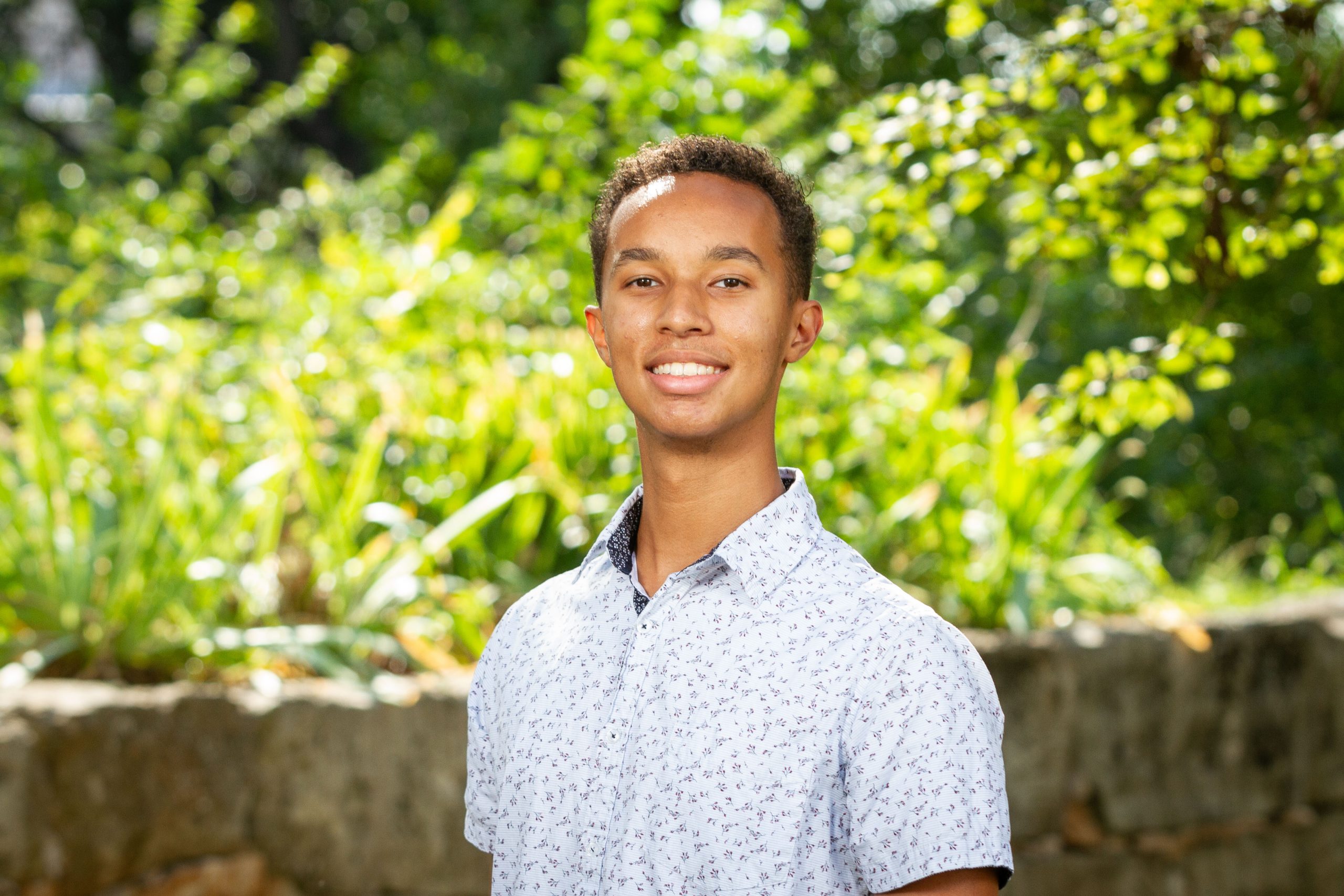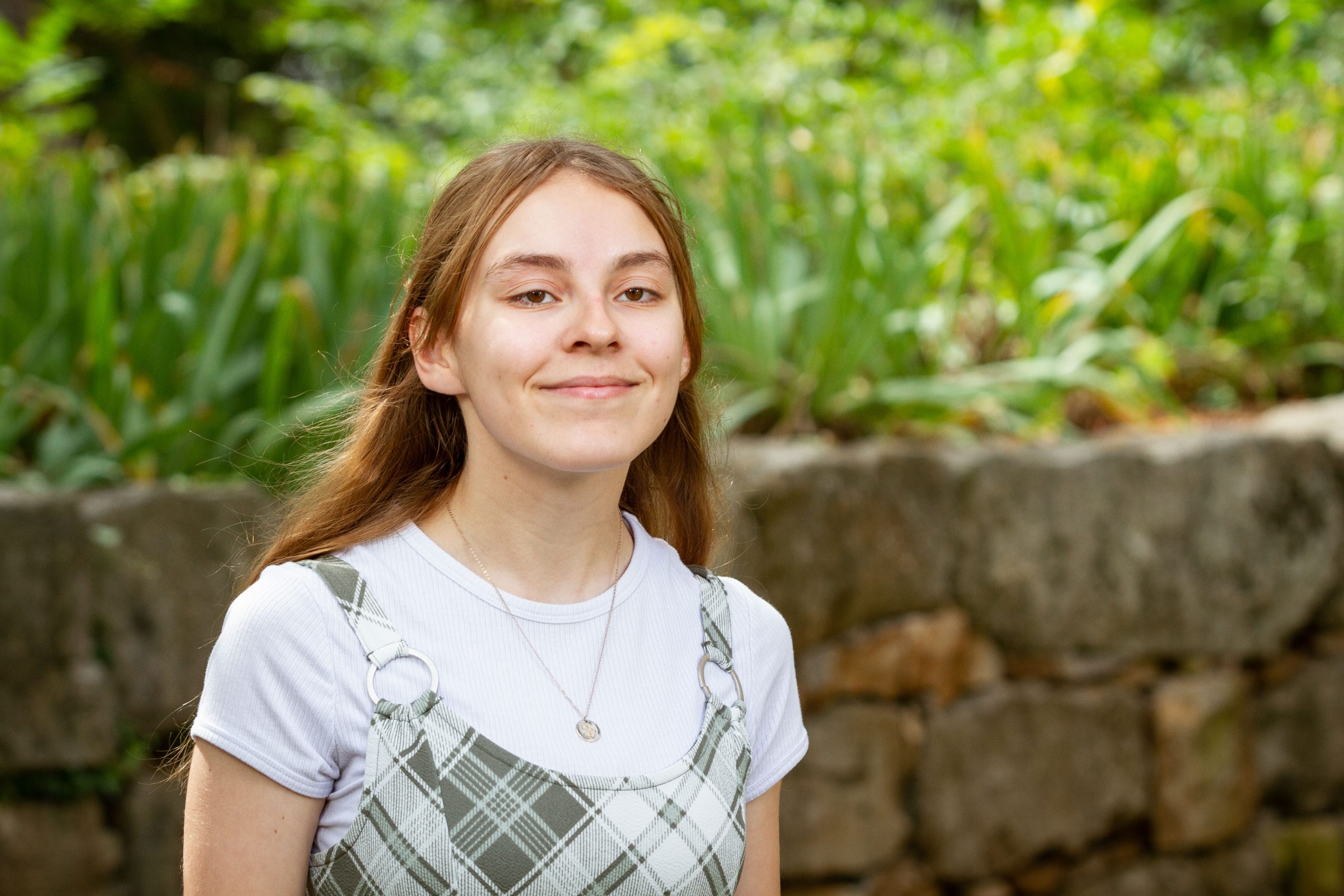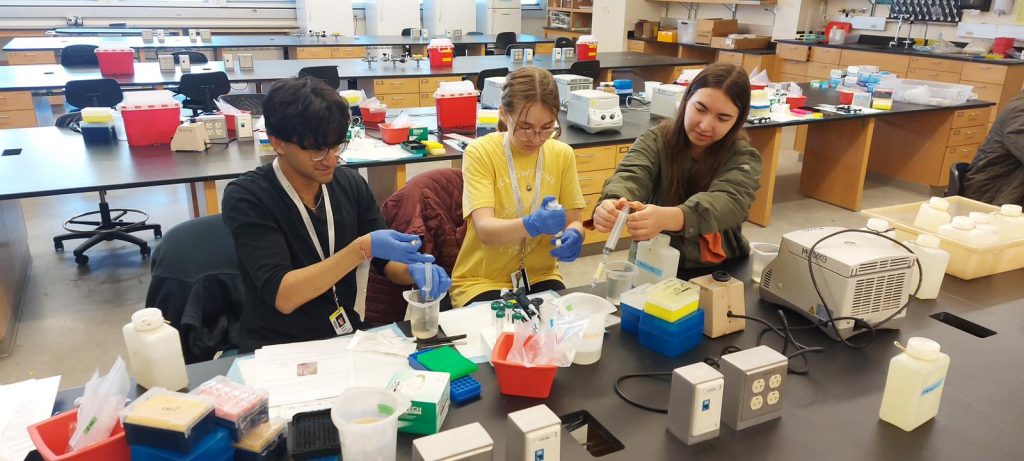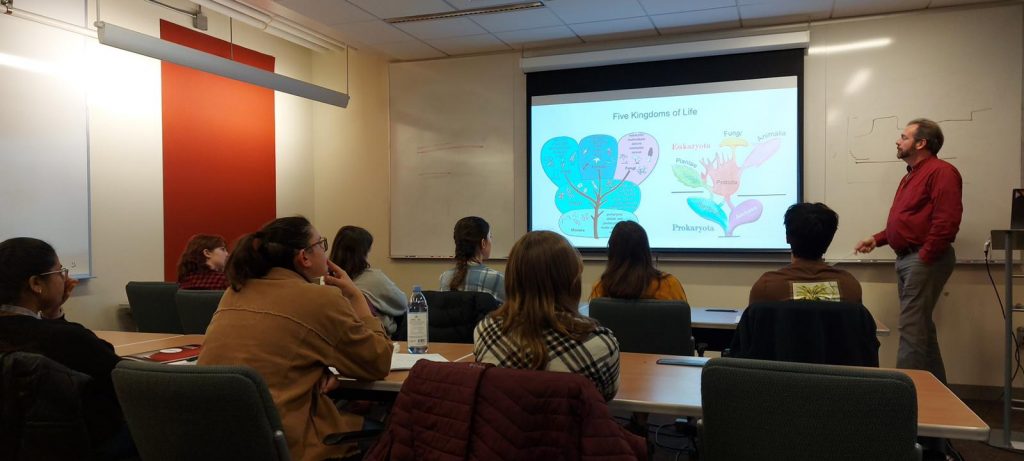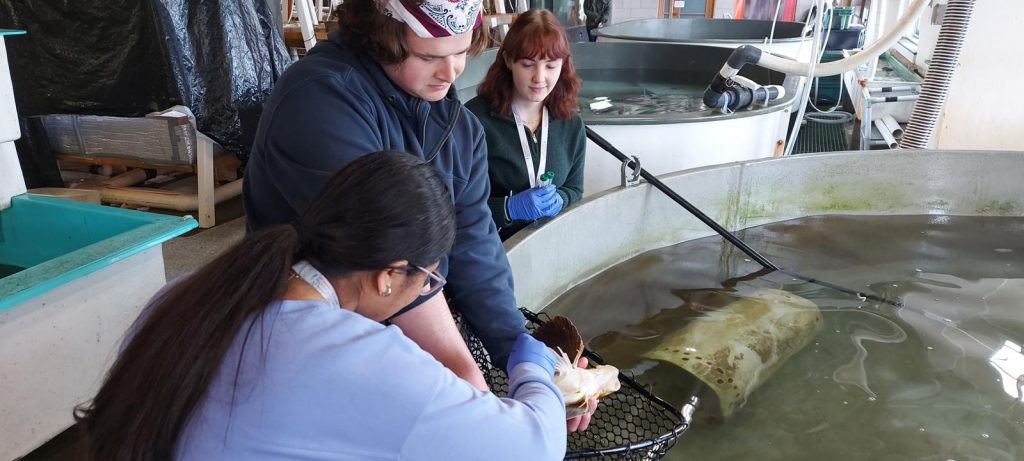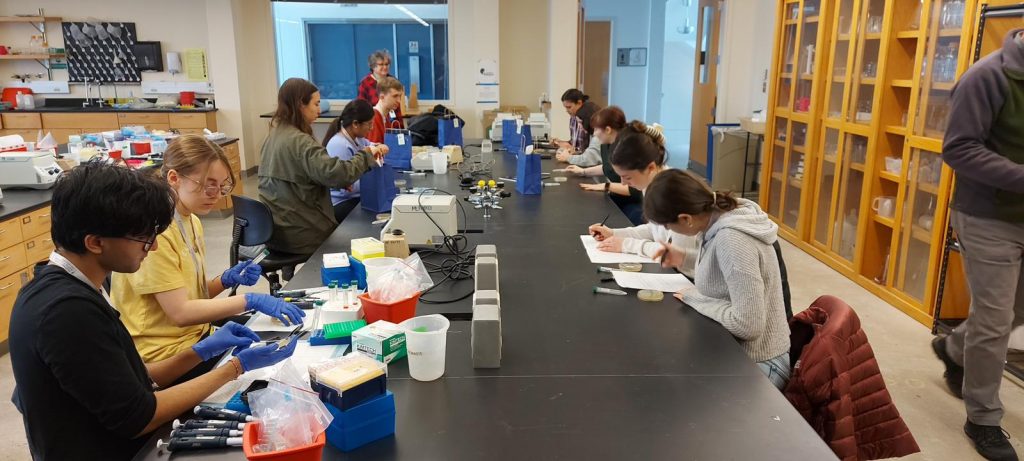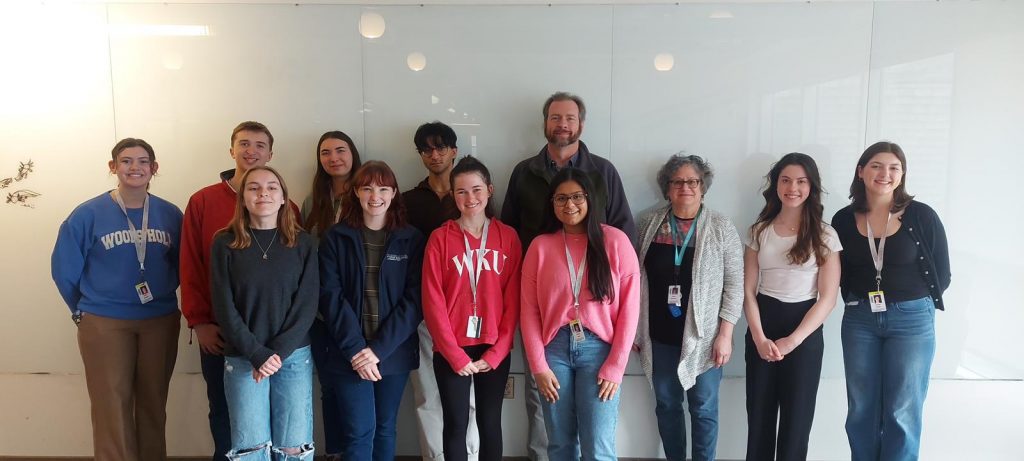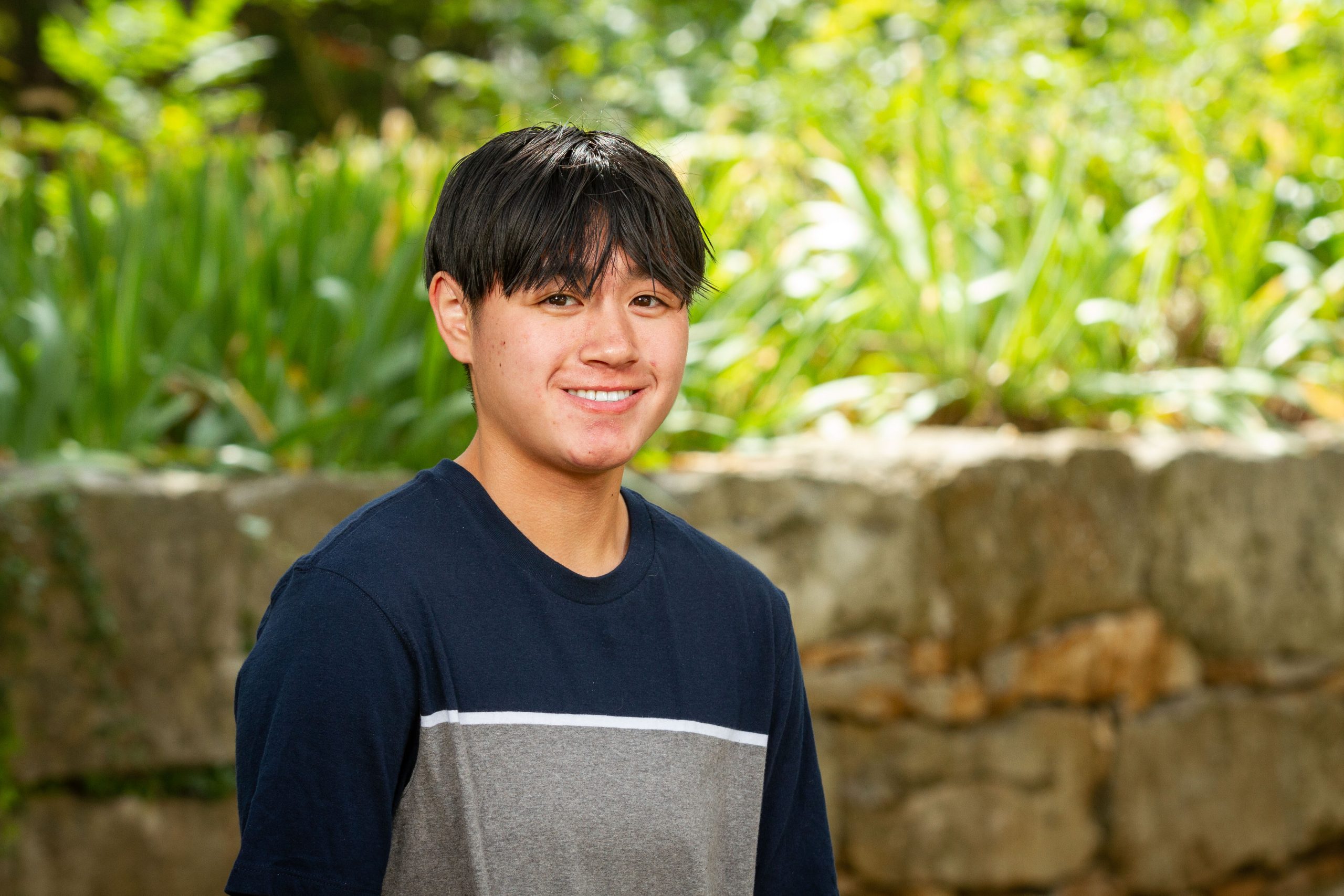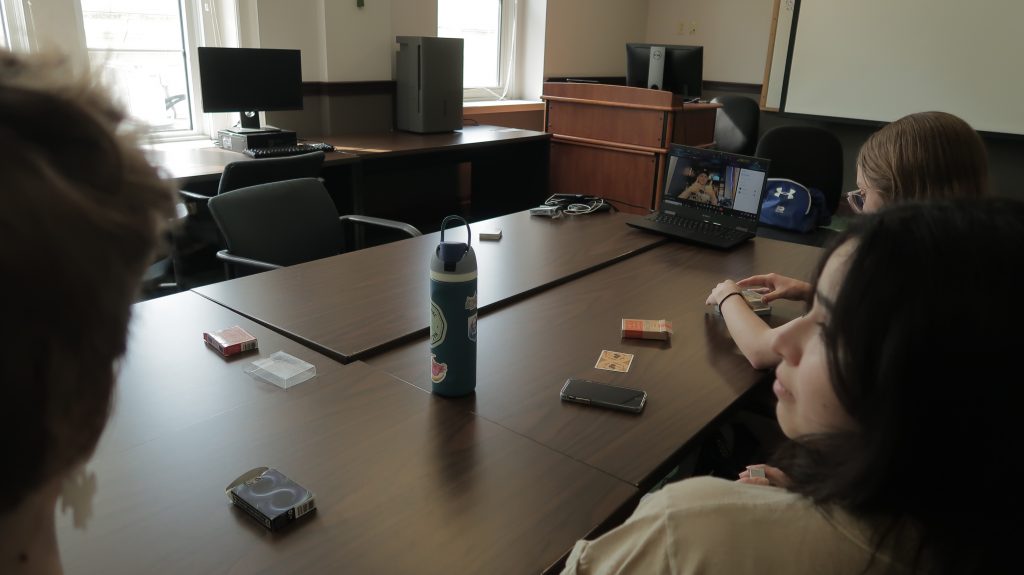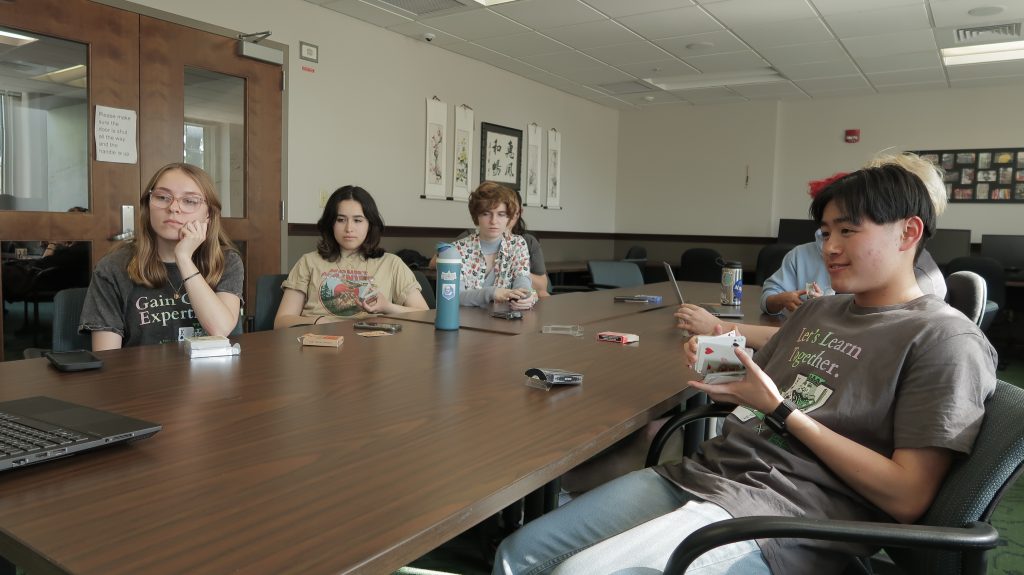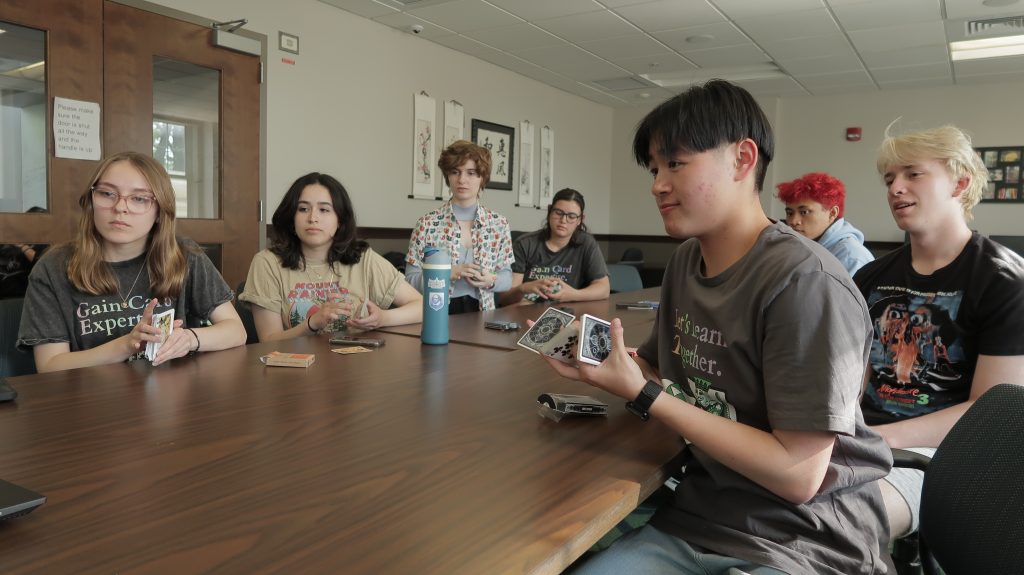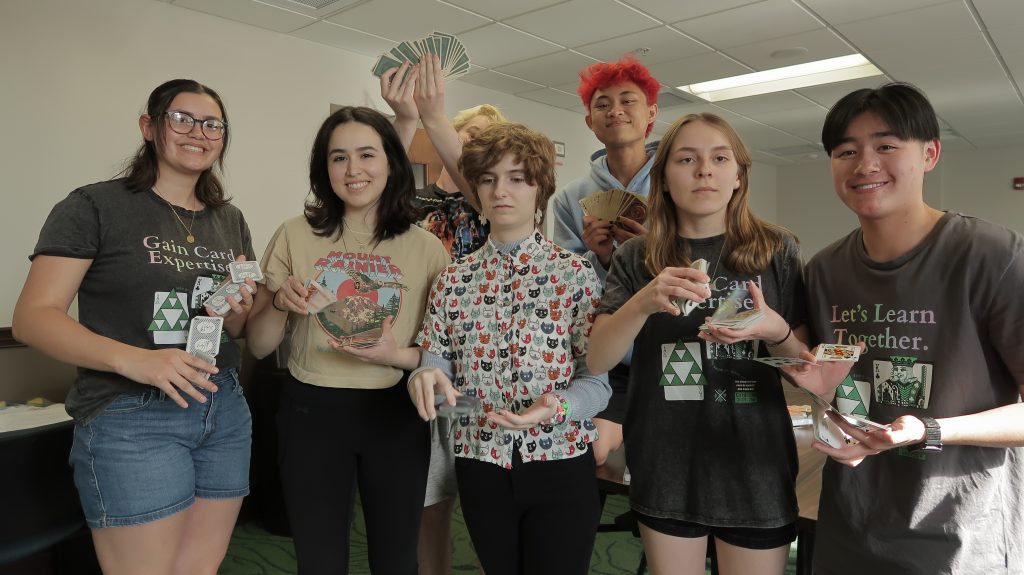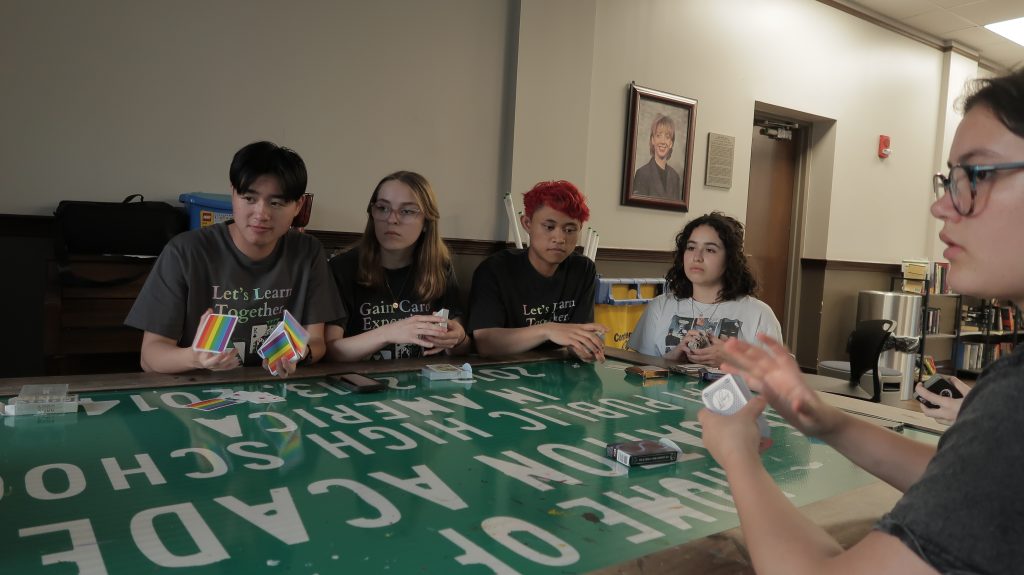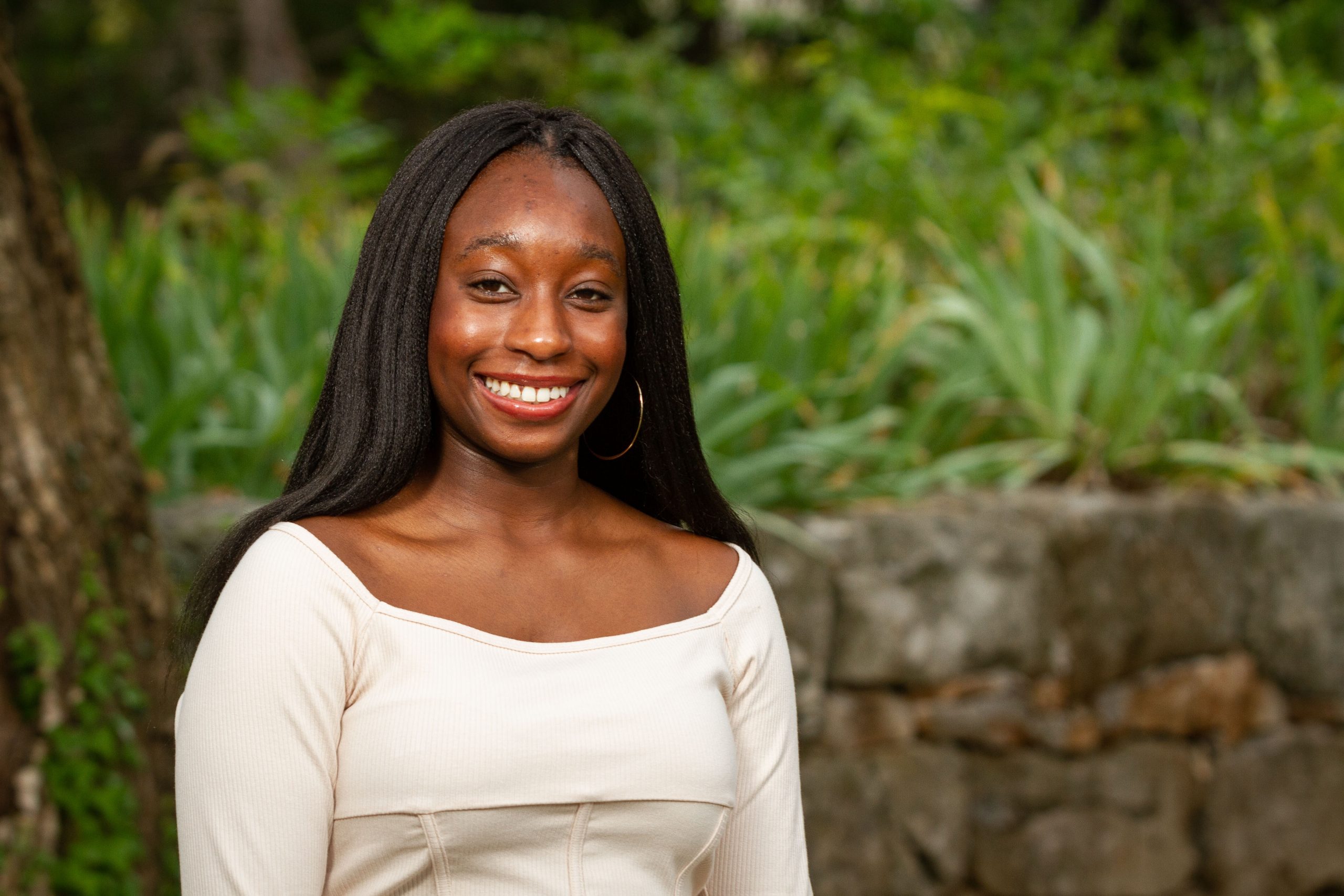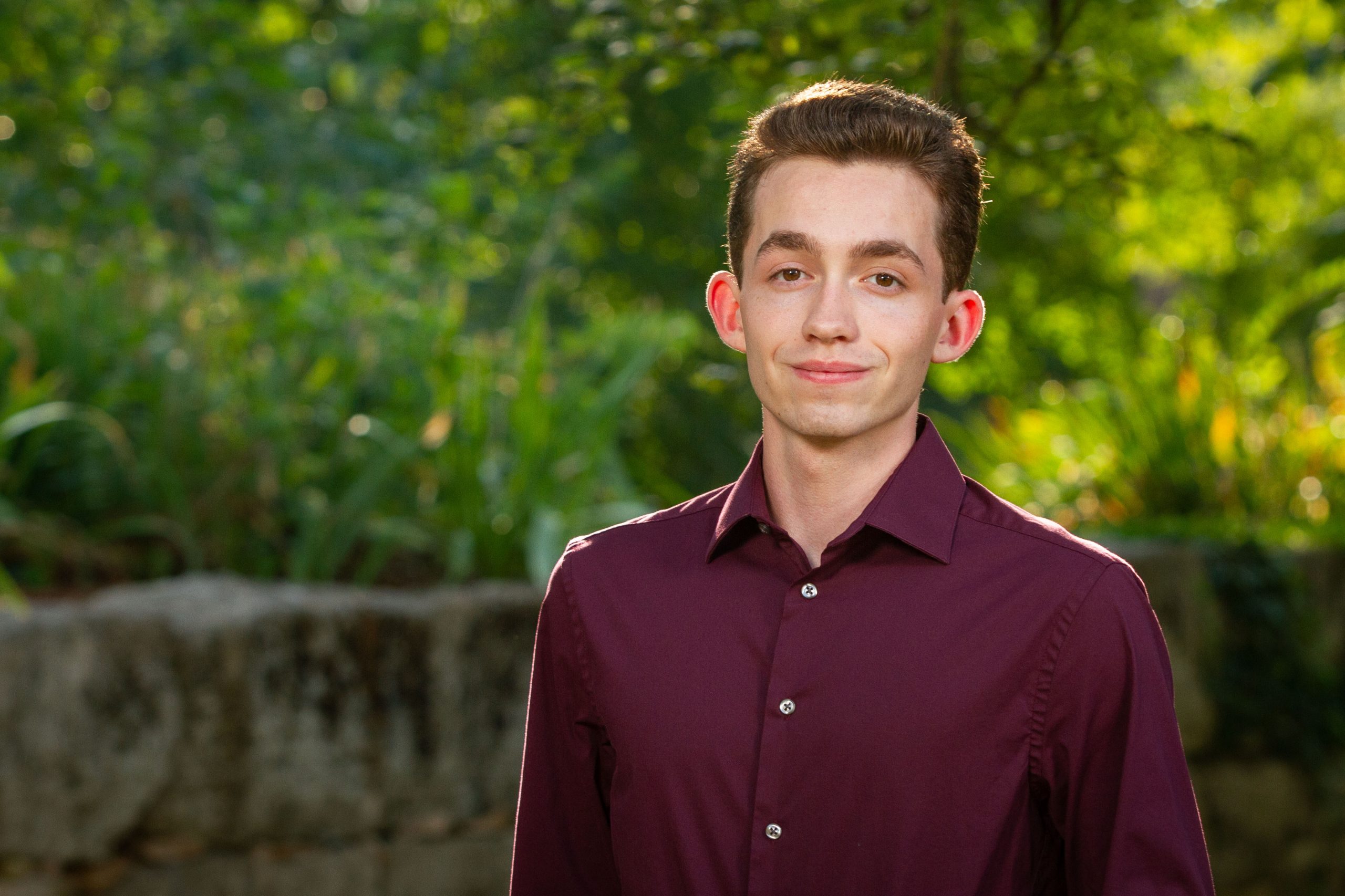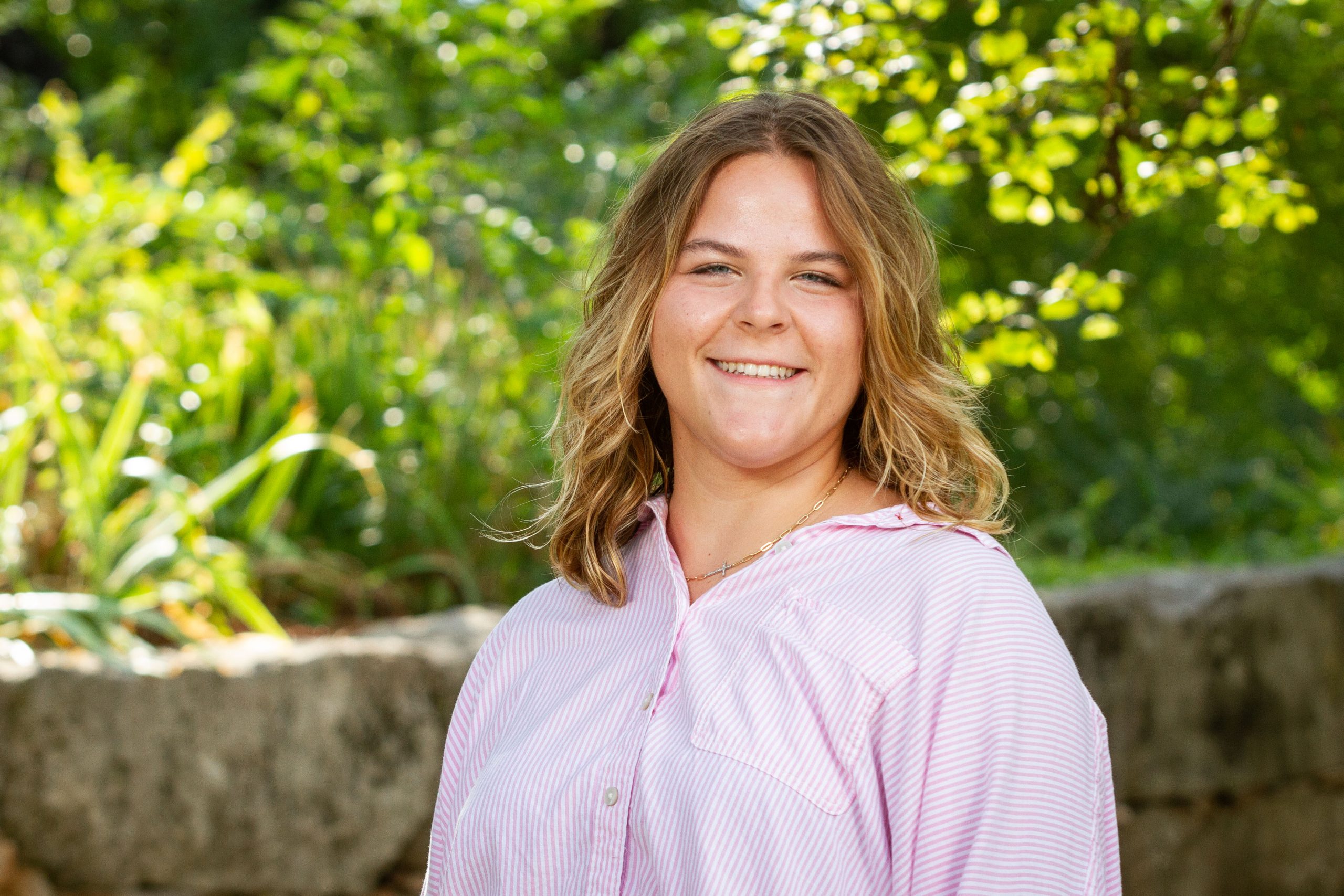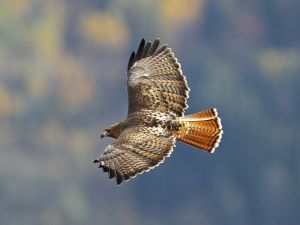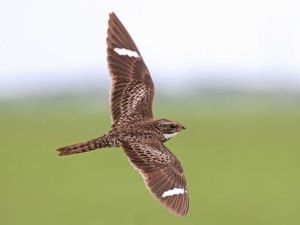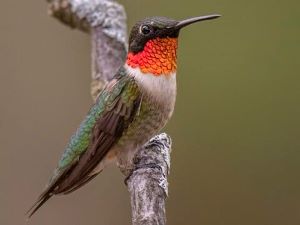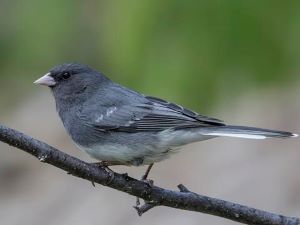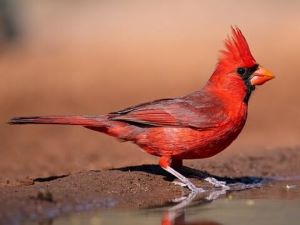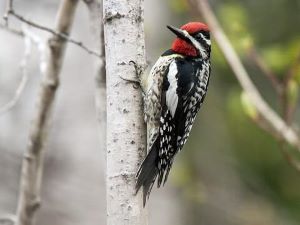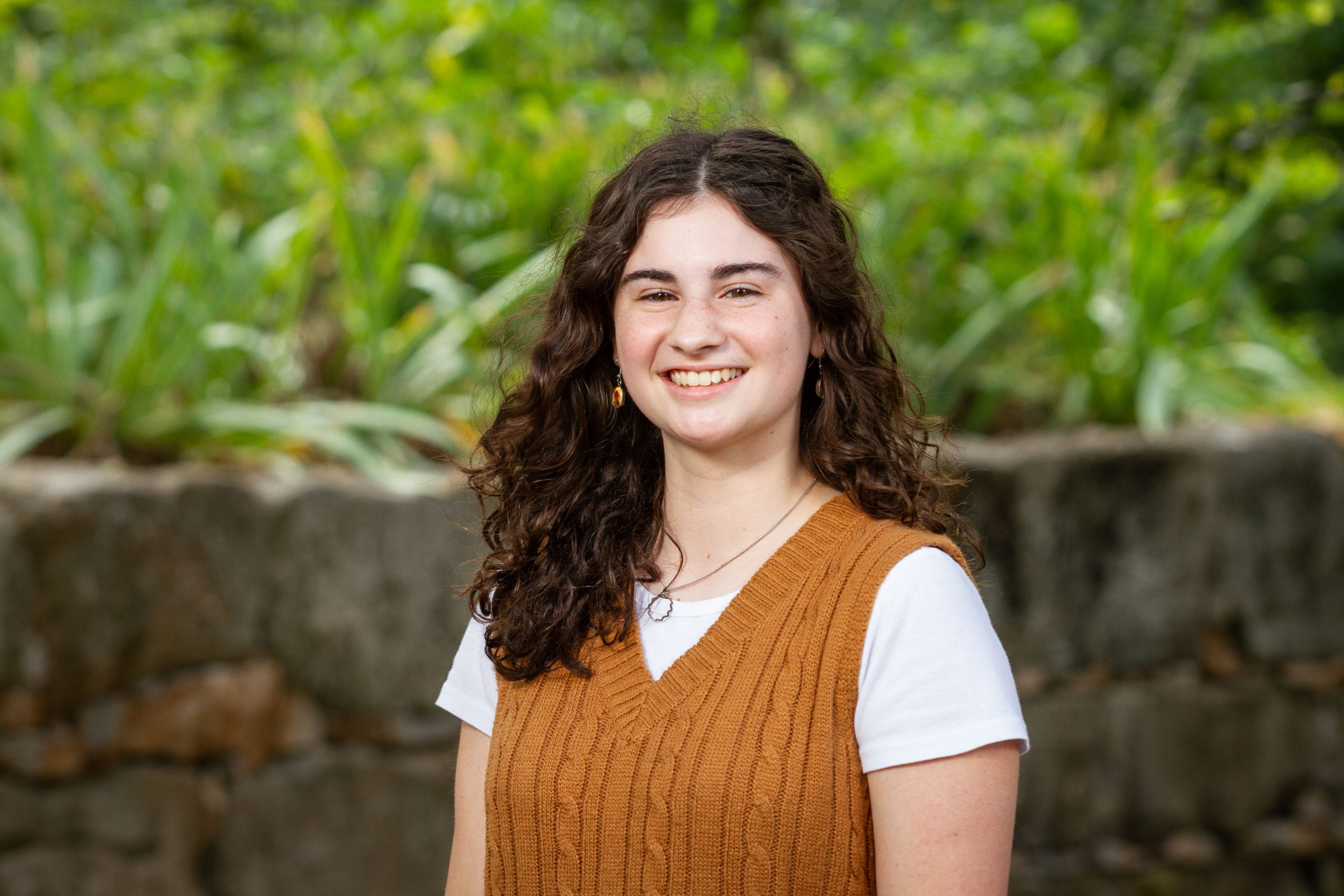Gatton: Fertile Ground for Growth
March 4, 2025 | EJ Johnson | No Comments
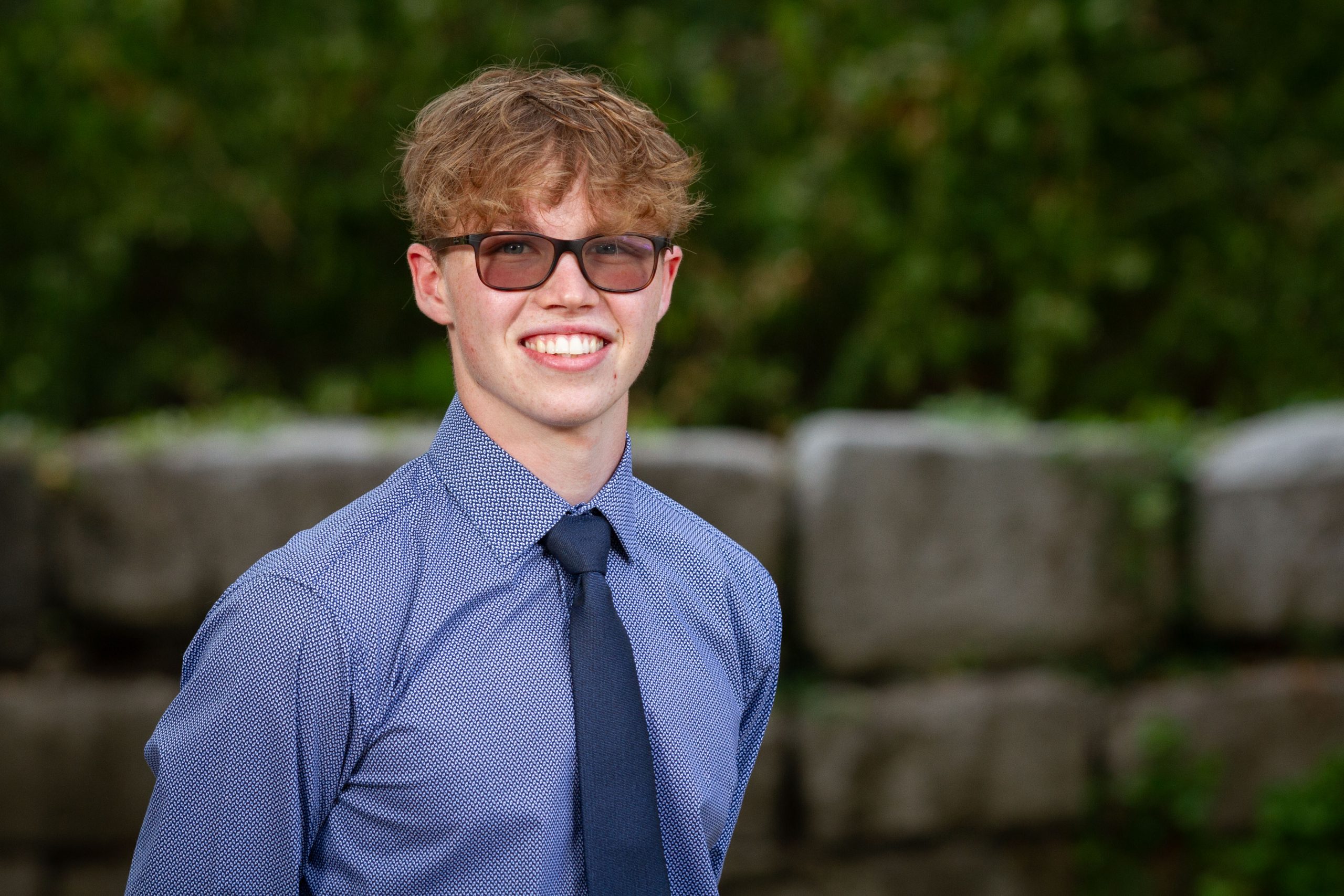
The Gatton Academy of Mathematics and Science provides many opportunities and challenges for students. Yes, I used the word “for” because I consider opportunities and challenges to both be equally positive gifts in student life. This has certainly been proven in my time at Gatton. Opportunity and challenge have both contributed to significant growth in my life academically and personally.
These past two years have been filled with opportunities that have enabled me to learn more about myself and how I fit into the world around me. I’ve also been challenged in ways that have forced me to do hard things and realize that I’m capable of more than I thought!
One of the greatest opportunities for an independent Gatton student is personal growth in the way of prioritizing time and energy. This can also be a challenge. During first semester at Gatton, I didn’t employ good study habits and was thrilled to have so many sports and social activities. By the end of the first 9 weeks, I was bombing my classes. This freaked me out and I locked in. During second semester all I did was study and I quickly became burnt out. I was very stressed even though I had all A’s. During the beginning of my senior year I finally started to find a good happy medium. I learned to prioritize my academic, mental, physical, and spiritual health. I started studying more efficiently, created time to spend with friends and connect with my family, made space daily to spend time outside or in the gym and started my days in Scripture. These can be natural stepping stones for college students but can be especially difficult as a high school student. Choosing how you spend your time is both an opportunity and a challenge.
One of the greatest challenges for a Gatton student is being expected to have the maturity of and take on the responsibility of a college student while in high school. This plays out daily in relationships with peers, friends, staff, and professors. My parents have always taught me to “talk things out” and to give people the benefit of the doubt. It can be very challenging to get along with peers that you’re with constantly, people you don’t agree with, or professors that don’t seem to be making fair decisions. All of these challenges have been opportunities for me to create healthy boundaries, enjoy healthy debate, and have respectful conversations. I’ve grown personally and emotionally because I’ve been forced to face difficulty (and difficult people). There are few things more rewarding than facing a really difficult situation and coming out proud of how you handled it and what was accomplished or learned. Opportunities and challenges at Gatton have prepared me for future opportunities and challenges. The most important thing I’ve learned is that even opportunities and challenges handled poorly are fertile ground for growth.
